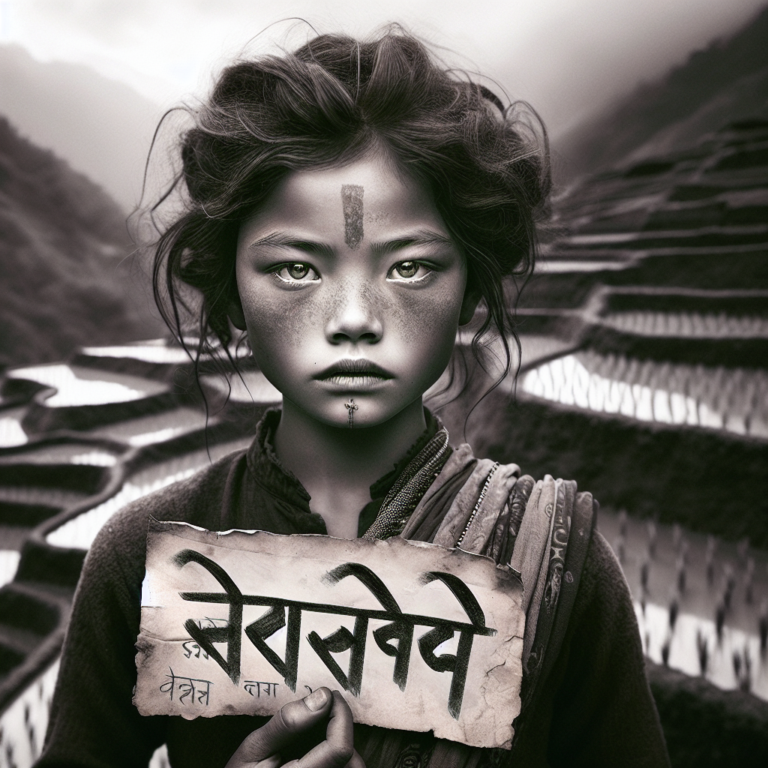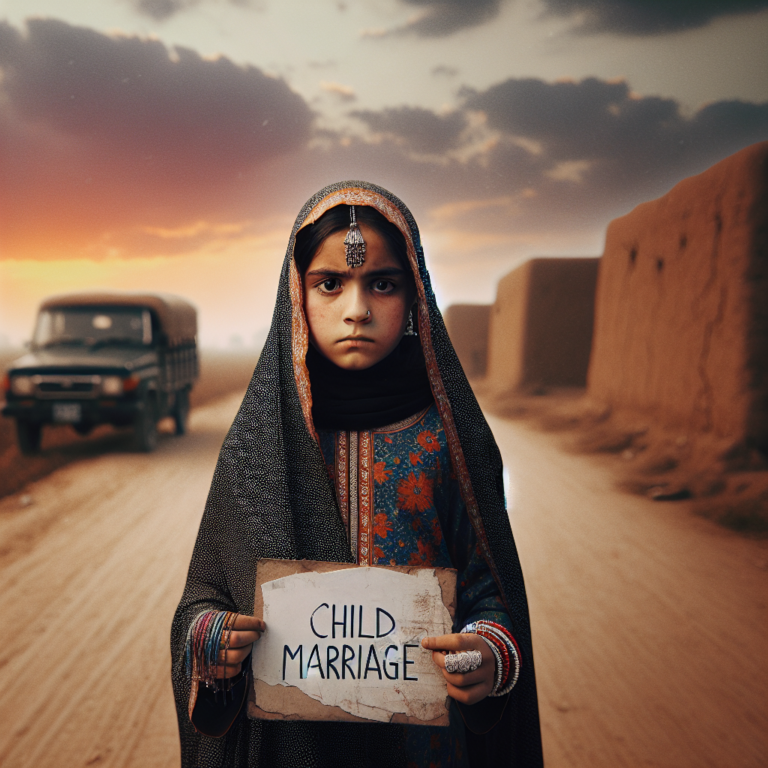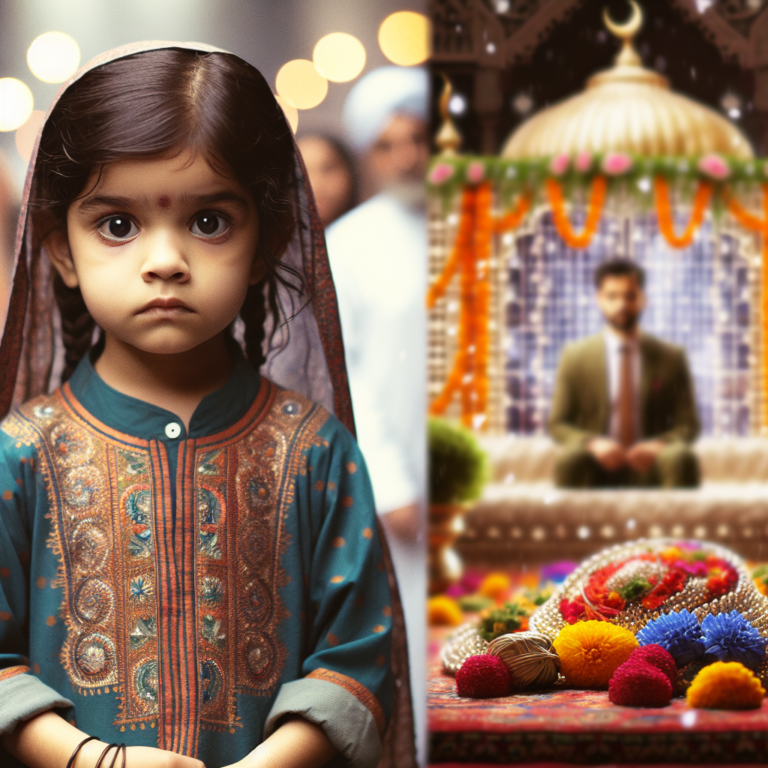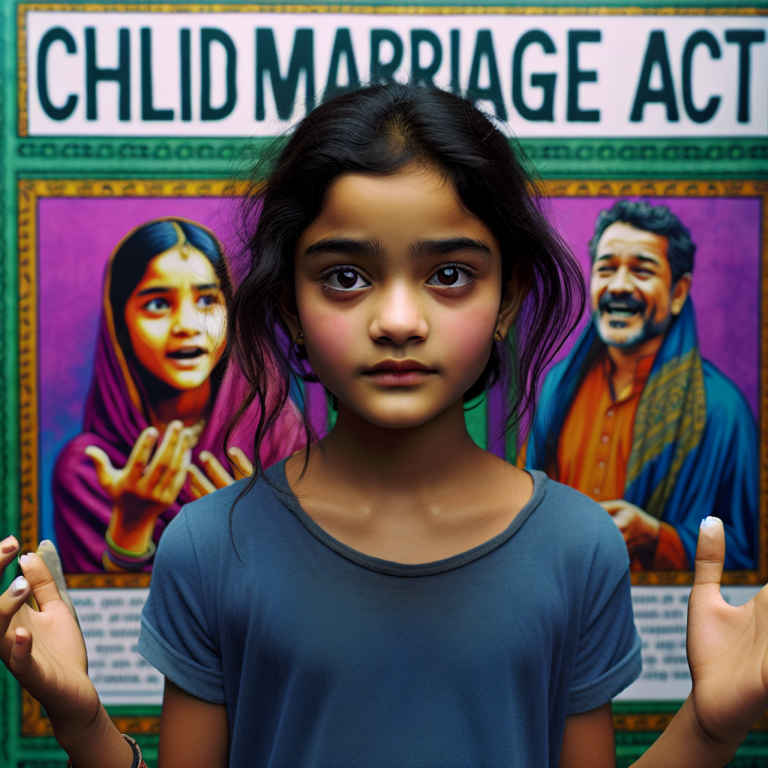In today’s world, there are countless issues we face as a society, and some are more prevalent than others. One such issue that needs urgent attention is child marriage. It is a plight that affects millions of young individuals around the globe, silently robbing them of their childhood, education, and future prospects. It is a practice that must be stopped.
Child marriage refers to the formal or informal union of two individuals, one or both of whom are under the age of 18. This practice, deeply rooted in tradition, culture, and poverty, continues to happen despite its detrimental effects on the well-being and development of children involved. It is crucial to address the various dimensions of this problem and work towards its eradication.
One of the most concerning aspects of child marriage is the impact on a child’s education. When young girls are forced into marriage, their dreams of getting an education shatter instantly. Education plays a vital role in empowering individuals, allowing them to break free from the cycle of poverty and make informed choices. Depriving children, particularly girls, of education not only hampers their personal growth but also limits their contribution to society as a whole.
Furthermore, child marriage poses severe health risks for young girls. Their bodies are not fully developed to handle the physical demands of marital relations and childbirth. Consequently, they face a higher risk of complications during pregnancy and childbirth, while their children face a higher risk of mortality and health issues. Child marriage perpetuates a cycle of poor health and perpetuates poverty and inequality within communities.
The emotional and psychological implications of child marriage cannot be overlooked either. Children forced into early marriages suffer from increased rates of depression, anxiety, and post-traumatic stress disorder. They are robbed of their agency, decision-making abilities, and the chance to experience childhood joy and freedom. The consequences of child marriage extend beyond the victims themselves, affecting entire families and communities.
Fortunately, efforts are being made to combat this issue. Organizations, governments, and individuals worldwide are working tirelessly to increase awareness, provide support mechanisms, and advocate for policy changes. These initiatives aim to protect children, raise public consciousness, and promote gender equality.
By addressing child marriage, we are taking a crucial step towards creating a world where every child has the opportunity to thrive. It is a collective responsibility to protect the rights of children and ensure their healthy development. By challenging deep-rooted norms, empowering communities, and providing access to education and resources, we can break the cycle of child marriage.
In conclusion, the practice of child marriage is a tragic reality that continues to infringe upon the rights of countless children globally. It is a deeply entrenched issue that demands immediate action. Through education, awareness, and collaborative efforts, we can work together to eradicate child marriage and provide children with the chance to build a brighter future. No child should be robbed of their childhood, and it is our duty to protect their rights and give them the opportunities they deserve.
Nada Alahdal
A human rights activist to advocate for the issue of child marriage, and head of the
for the Protection of Girls








